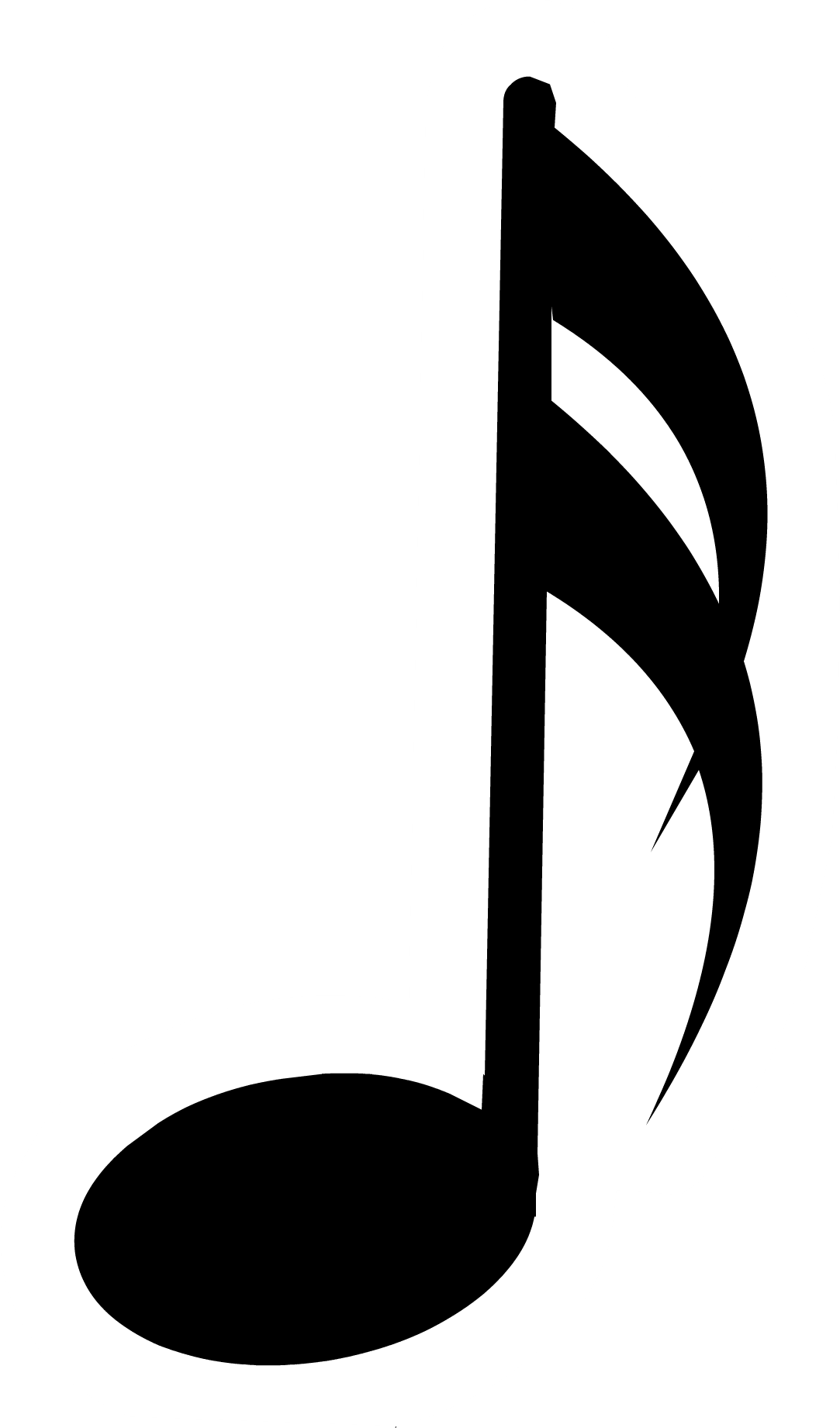
the systematic arrangement of musical sounds, principally according to duration and periodic stress and.a strong, regular, repeated pattern of movement or sound.The Google dictionary gives three definitions of rhythm: Metronomes are also usually built into MIDI sequencers and keyboards. Students learning to play the piano sometimes use a device called a metronome to tick out the beats per minute while they practice (also known as a click). Prestissimo,extremely fast (more than 200 BPM)Īndante,“at a walking pace” (76 – 108 BPM) A list of some of these tempo markings is given in Table 3.4. Alternatively, an Italian key word like allegro or andante can be used to indicate the beats per minute in a way that can be interpreted more subjectively. For example, a marking such as bpm = 72, ♩ = 72, or mm = 72 (for Maezel’s metronome) placed above a measure indicates that a tempo of 72 beats per minute is recommend from this point on, with a quarter note getting one beat. Tempo can be expressed at the beginning of the score explicitly, in terms of beats per minute ( BPM). The tempo of a musical piece depends on which type of note is given one beat and how many beats there are per second. Obviously, most songs have tempos that seem more appropriate for them. We can sing “Yankee Doodle” in a fast, snappy pace or slowly, like a dirge. Tempo is the pace at which music is performed.

Measures are sometimes called bars because they are separated from each other on the staff by a vertical line called a bar line.Ī time signature of $$\frac$$ is the meter for a waltz.įigure 3.17 Score for right hand of “Twinkle, Twinkle Little Star” We are considering only simple meter here.)īeats and notes are grouped into measures. (There are two types of meter – simple and compound. This is given in a score’s time signature (a synonym of meter), which indicates which type of note gets one beat (quarter note, eighth note, etc.). Since the duration of different notes are defined relative to each other, we have to have a baseline. Meter is the regular grouping of beats and placement of accents in notes. The timing of a musical composition and its performance is a matter of meter, tempo, and rhythm. Each time we add a flag, we divide the duration of the previously defined note by 2.įigure 3.15 Flag on note 3.1.5.3 Rhythm, Tempo, and Meter The part of the note called the flag is shown in Figure 3.15. We could continue to create smaller and smaller notes, beyond those listed in the table, by adding more flags to a note. The durations of notes are defined relative to each other, as you can see in the table. On the score, you can tell what type a note is by its shape and whether or not the note is filled in (black or white).

There are types of notes – whole notes, half notes, quarter notes, and so forth, as shown in Table 3.3. On the bass clef, the notes G, B, D, F, and A can be remembered as “good boys deserve favor always,” and the spaces A, C, E, G can be remembered as “a cow eats grass” (or whatever mnemonics you like). For example, the lines on the treble clef staff, in ascending order, correspond to the notes E, G, B, D, and F, which can be memorized with the mnemonic “every good boy does fine.” The spaces on the treble clef staff, in ascending order, spell the word FACE. Figure 3.14 Placing notes above or below the bass clef staffīeginners who are learning to read music often use mnemonics to remember the notes corresponding to lines and spaces on a staff.


 0 kommentar(er)
0 kommentar(er)
